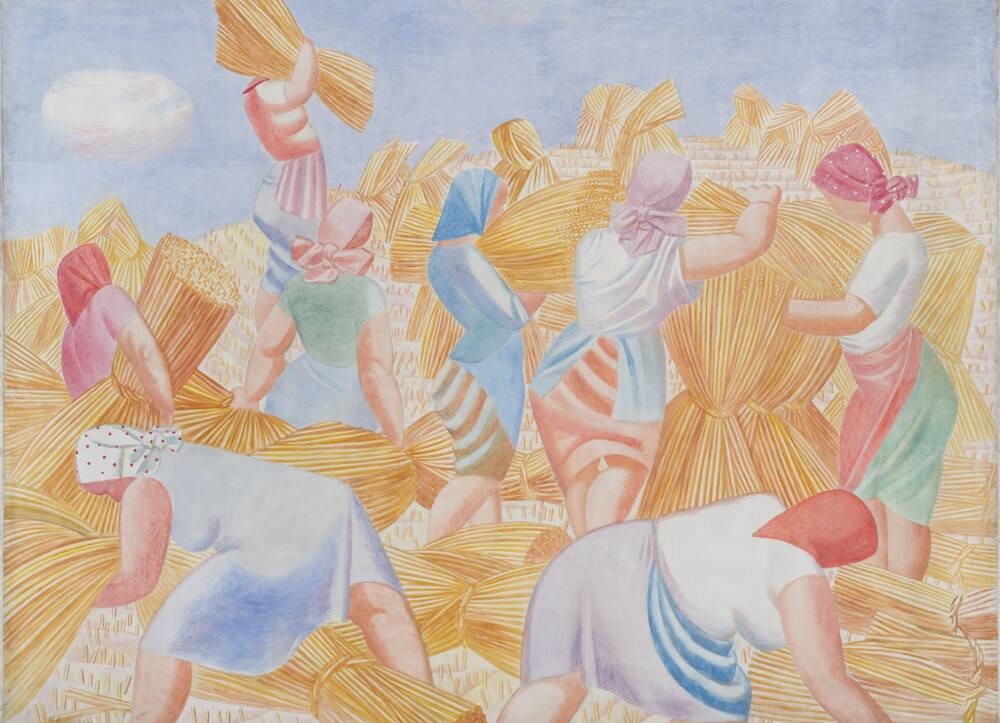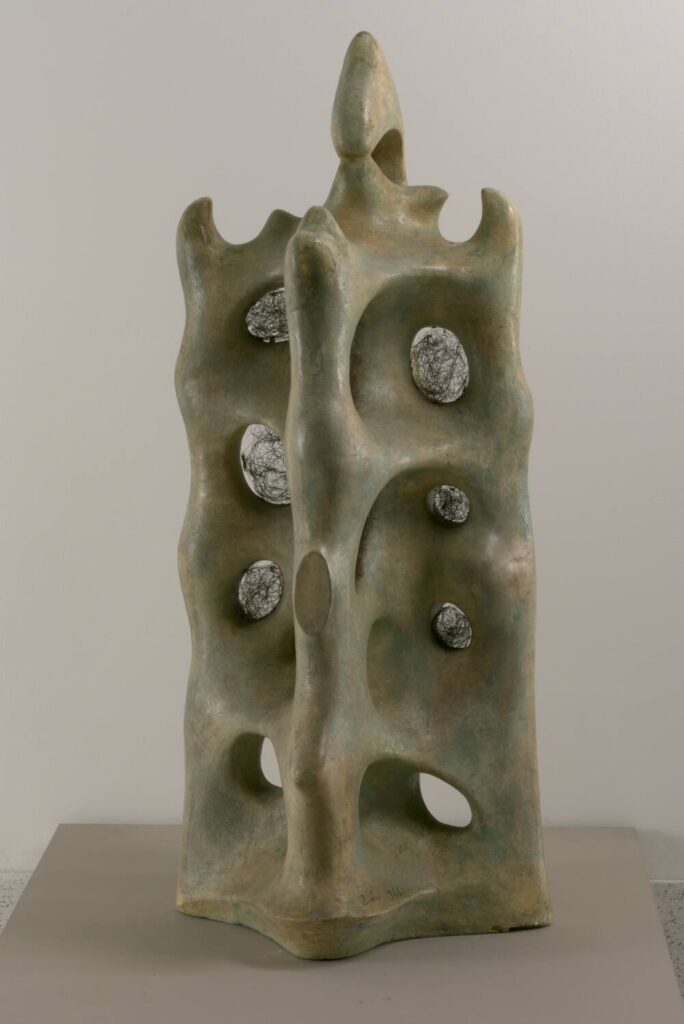PRAGUE - The NGP exhibition at the Trade Fair Palace maps the changes in the relationship between man and nature - not only flora and fauna, but also the landscape as a whole - in art from the 1930s to the beginning of the so-called normalisation. It shows that nature is not a mere backdrop for human existence and cannot be exhausted indefinitely.
"This exhibition actually raises the fundamental question of whether or not man and culture are in conflict with the existence of nature," said the curator of the exhibition Eva Skopalová.
Visitors can look forward to more than a hundred works from the rich collections of the National Gallery and foreign institutions. The exhibits include works by iconic artists such as František Kupka, Josef Šíma, Toyen, Jindřich Štyrský, František Muzika, Eva Kmentová and Hana Wichterlová. There are also works by foreign artists from Poland and Slovakia, such as Karol Hiller, Adam Procký and Maria Bartuszová. The curator has supplemented this selection with works by contemporary artists - Anna Hulačová, Eliška Konečná, Jimena Mendoza, Maria Tučková and Kristýna Bukovčáková, which can be understood as an expression of belonging to the past.
"We can identify well with what artists found sixty or eighty or ninety years ago today, including through the contemporary work of women artists. The ideas of people who are no longer alive are not dead to us, they participate in the present." said the curator.
The project focuses on the emotional attachment of humans to nature and explores how historical events such as war and totalitarian regimes have influenced our perception of the landscape, or how our ties to the landscape have been severed. Works of art become a means to renew a sensitive relationship with all living things. They serve as a means of inviting visitors to reflect and experience for themselves. "An emotional, emotive connection with nature is perhaps the intuitive principle of our own salvation. If we have a relationship with something, we protect it," explains the curator.
The Director General of the National Gallery Prague, Alicja Knast, adds: "This exhibition, curated by Eva Skopalová with the commitment of the entire NGP team, brings together the voices of artists, thinkers and visionaries who, like the writer Rachel Carson, challenge indifference and force us to rethink our relationship to the world around us. The artists in the exhibition use their work to remind us that nature is not the backdrop to our existence, but its foundation. They remind us that our choices today will shape the landscape of tomorrow."
The final part of the exhibition focuses on the exploitation of nature during the so-called normalisation, when the landscape was perceived primarily as a resource. The exhibition also refers to significant events of the time, including the debate on pesticides following the publication of Rachel Carson's book Silent Spring (later translated as Silent spring) in 1962, which was published in Czechoslovakia four years later and led to a change in the law in the USA.
Alicja Knast summarises: "History has proven that one voice can awaken a generation. Silent Spring is an invitation to listen - to art, to nature and to the urgency of our times."
The exhibition can be viewed until 31 August 2025 on the 1st floor of the eastern wing of the NGP Trade Fair Palace in Prague 7, Dukelských hrdinů 47.
NGP/gnews.cz - HeK







